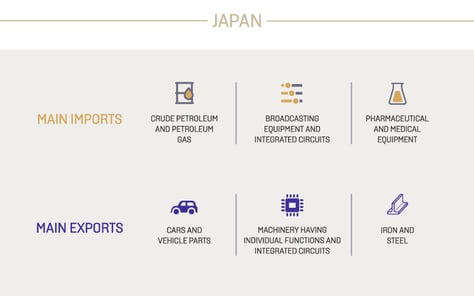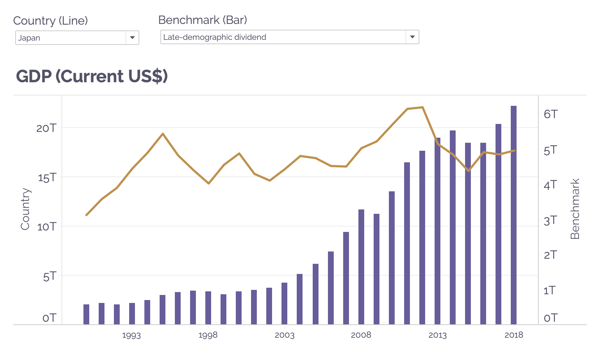How can we judge the environmental impact of property development?
‘Sustainable’, ‘green’, ‘eco-friendly’, ‘ethical’: too frequently seen as - and
used as - zeitgeisty buzzwords to allay any discomfort investors may feel
over looking for the next most profitable venture. But anyone with even
half an eye on the news and weather reports can see that environmental
sustainability can not be merely an optional consideration when planning
developments or deciding where to invest – especially when it comes to
real estate, given that almost 40% of carbon emissions are from the built
environment. But in a world with such interconnected systems and
ecologies, how can we predict impacts that may be surprising and far
reaching?
AidData, a research lab at the College of William and Mary, Virginia, has
been developing the technology and resources to do just that. Their team
includes economists, political scientists, geographers, developers,
program evaluators, policy analysts, and communications professionals,
and they work with 21 different countries in Asia, Latin America and
Africa, using data and hard evidence to improve policy and development
outcomes, helping policymakers to move towards the UN’s 17 Sustainable
Development Goals.
Using satellite, household survey, economic, health, and other spatial
data, along with machine learning analysis and super-accurate data on
geographical boundaries, AidData have created various tools to analyse
the impacts of various development programs, and to predict whether
similar programs would work in other locations. Their Geospatial Impact
Evaluation methods enable fast and rigorous analysis of outcomes for
localised development projects, replicating the standards of a randomised
controlled trial. Development agencies and governments are able to very
quickly discover whether some certain infrastructure project, for example
irrigation systems or village road improvement, had the desired effect on
outcomes like infant mortality, poverty, or deforestation. The highly
localised and granular data can also show whether outcomes are uneven
from region to region, allowing more targeted development in future.
Is there a way we can apply the same rigorous impact-analysis to our
small-scale investments that AidData is enabling international
development agencies and world governments to apply to their
investment in aid, infrastructure, health, and other initiatives?
Environmental, Social, and Corporate Governance are becoming ever
more important criteria when analysing an investment’s risks and
opportunities. In many emerging markets such as Malaysia and Indonesia,
the Islamic finance sector is growing more and more influential too, with
its strong alignment to ESG principles. Propeterra is looking at ways to
adapt the Geospatial Impact Evaluation methods created by AidData and apply them to affordable and social housing projects in emerging and








